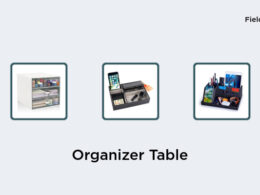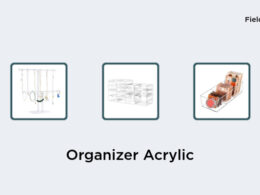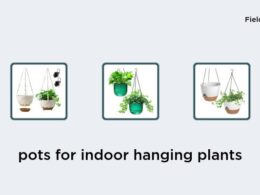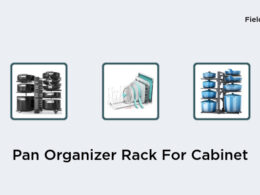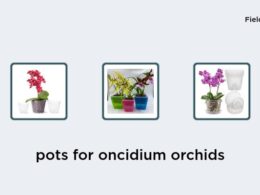Yes, you can absolutely sprinkle Epsom salt directly onto soil! In fact, Epsom salt is a fantastic natural fertilizer that can help replenish magnesium levels in the soil and provide numerous benefits for plants. Here are some tips for using Epsom salt directly on soil:
For already established plants, sprinkle 1-2 tablespoons of Epsom salt around the base of the plant
Gently work the Epsom salt into the soil with your fingers or a small garden fork
Water the area thoroughly after applying Epsom salt to help it dissolve into the soil
If you’re planting new plants, you can mix Epsom salt directly into the soil before planting
Use 1-2 tablespoons of Epsom salt per plant or sprinkle a handful into the soil of larger planting areas
Keep in mind that while Epsom salt is generally safe for plants, it’s important not to overdo it. Too much magnesium can harm plants, so use Epsom salt sparingly and always follow package instructions. With these tips, you can easily incorporate Epsom salt into your gardening routine and help your plants thrive!







